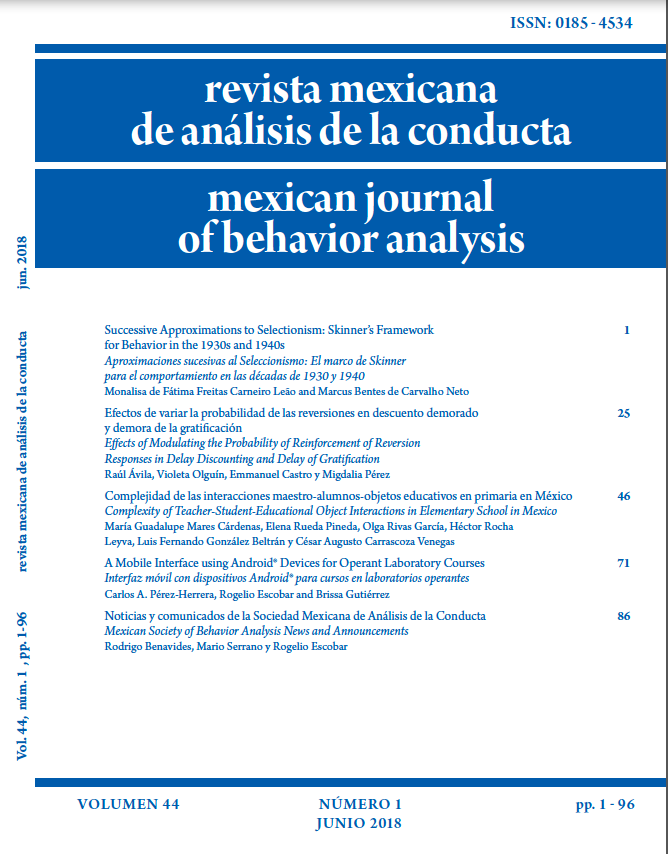SUCCESSIVE APPROXIMATIONS TO SELECTIONISM: SKINNER’S FRAMEWORK FOR BEHAVIOR IN THE 1930S AND 1940S
Main Article Content
Abstract
Despite the centrality of selection by consequences in Skinnerian work, the adoption or not of a selectionist perspective in the first decades of Skinner’s career is a controversial theme. Inconsistencies with respect to his affiliation or not with a selectionist epistemology in this period seem to reflect a lack of consensual definition of that proposal. Therefore, from three previously defined aspects of Skinner’s selectionist explanatory principle, the aim of this review is to assess, through the texts produced in the 1930s and 1940s, whether selection by consequences was used as an explanatory mode for behavior or whether there were traces of an epistemology that would lead to selectionism. It has been noted that, although at this early stage the idea of a selective process is already implicit, there are still remnants of a traditional notion of causality that is incompatible with an explanatory principle based on a relation of probabilistic interdependence between events, which explains the origin and evolution of behavior as being the product of three histories of variation and selection.
